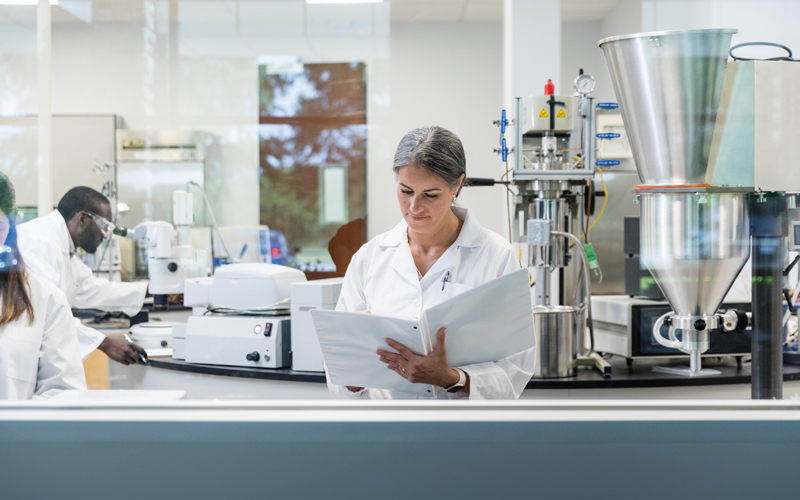Rachel Marrington and Finlay MacKenzie with a practical guide to external quality assessment in clinical chemistry.

At a glance
- One of the main changes to the revised version of ISO 15189 is the emphasis placed on risk management within the laboratory.
- EQA materials that have not been heavily manipulated should and will behave the same way as patient specimens.
- The main objective for the lab is to make the best use of the resources available and provide accurate and timely results to clinicians.
External Quality Assessment (EQA) is a process that all laboratories, if accredited to ISO 15189, will have heard of and will already be participating in. However, the extent to which you as an individual are involved and your experience of it will depend on your role within the laboratory.
EQA is much more than a tick-box exercise for accreditation – there is a wealth of information that can be obtained from EQA schemes that will support your overall quality management system (QMS). This article focuses on clinical chemistry using data from Birmingham Quality (UK NEQAS) schemes; however, the broad concepts will apply to all disciplines of laboratory medicine, including departments that do not use UK NEQAS schemes.
Click here to read the full article.
Image credit | iStock




